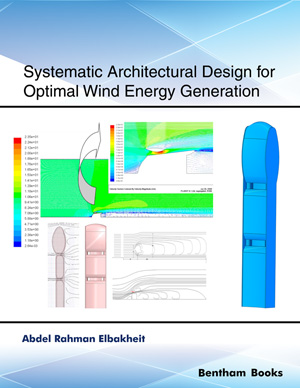Abstract
Recent developments in polymer technology have created new opportunities for ocular drug delivery, which has unique challenges due to specific attributes of the eye. The unique requirements of ocular drug delivery pose several difficulties for a formulator to select an appropriate polymer and use it in ODD. Nanotechnology has opened up new vistas as the nano particle becomes a choice of drug delivery in ODD. Layers of tissue, blood barriers, choroidal flow, lymphatic drainage, and lacrimation are some of the factors that limit therapeutic concentrations of drugs from reaching diseased parts of the eye. Currently, research is being directed towards the identification and discovery of novel drug delivery systems using newly introduced polymers, nanoparticles, liposomes, and adhesive gels to circumvent barriers and obtain sustained levels of therapeutics at target ocular sites. The ocular route of drug delivery is determined based on disease application and each method presents its own challenge: topical (uveitis, conjunctivitis), systemic (cytomegalovirus retinitis), intravitreal (macular degeneration, diabetic reinopathy), subconjunctival (glaucoma), subtenon (retinal vein occlusion). Formulation factors such as drug loading, drug stability, drug excipient interaction, carrier biocompatibility and drug carrier biodegradability need to be considered when designing ocular drug delivery systems. Ocular biocompatibility and ocular biodegradability are one of the few important characteristics which dictate the selection of such polymeric materials to be used as ODD carriers. This chapter covers various aspects of the ocular delivery and discusses the characteristic of the nano biomaterials to be used as ocular drug delivery carriers.
Keywords: Nanoparticles, Ocular Drug delivery, Liposomes, Mucoadhesive gels, Age-related macular degeneration, Diabetic retinopathy, Glaucoma, Conjunctivitis, Polysaccharide, Chitosan.












